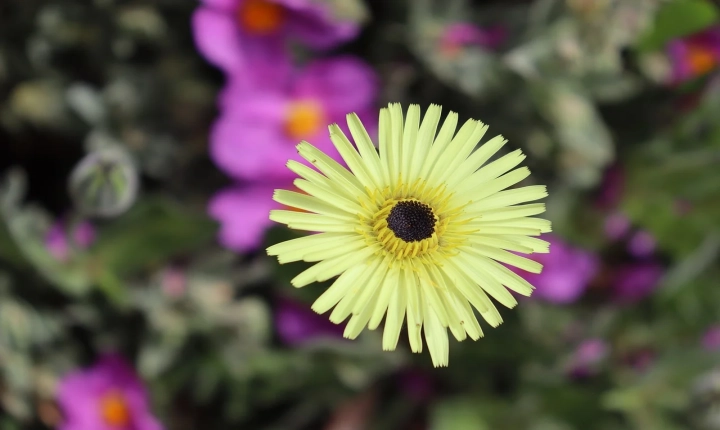Can AI Create Vector Art?
Artificial Intelligence (AI) has been making waves in various industries, and the world of art is no exception. With advancements in machine learning and deep learning, AI has become increasingly capable of creating artwork, including vector art. But can AI truly create vector art that rivals the work of human artists?
Vector art is a form of digital art created using vector graphics software, which uses mathematical equations to define shapes and lines. This allows for the creation of clean, scalable artwork that can be resized without losing quality. Traditionally, vector art has been produced by skilled human artists with a deep understanding of design principles and aesthetics. However, AI-powered tools are now emerging that claim to be able to generate vector art using complex algorithms and trained models.
One such tool is Adobe Illustrator’s “Live Trace” feature, which uses AI to convert raster images into vector graphics. This feature analyzes the shapes and colors in an image and recreates it as vector art. While this technology is impressive, it is important to recognize the limitations of AI-generated vector art. AI may be able to accurately trace and replicate shapes, but it lacks the intuitive creativity and artistic decision-making that human artists bring to their work.
Proponents of AI-generated vector art argue that it can be a time-saving tool for designers and artists, allowing them to quickly generate basic vectors that can then be refined and customized. Additionally, AI may assist in automating repetitive or tedious tasks, freeing up human artists to focus on more creative aspects of the design process.
However, critics argue that AI-generated vector art lacks the soul and individuality that comes with human-created art. The emotional depth, personal expression, and unique perspective that human artists bring to their work cannot be replicated by AI. Additionally, AI-generated art runs the risk of becoming formulaic and lacking the element of surprise and innovation that human creativity provides.
It is also essential to consider the ethical implications of AI-generated art. As AI becomes increasingly proficient at creating art, questions arise about the originality and ownership of AI-generated works. Who owns the rights to the artwork created by an AI system? How do we distinguish between art created by humans and art created by machines?
While AI has made significant strides in generating vector art, the debate over its ability to rival human-created art continues. The role of AI in the art world is likely to evolve, with AI potentially serving as a complement to human creativity rather than a replacement. In the end, the value of art lies in its ability to evoke emotion, inspire, and provoke thought – and that is a quality that AI has yet to fully replicate.
